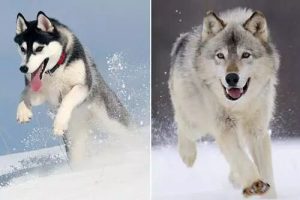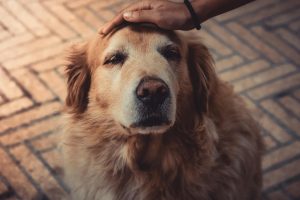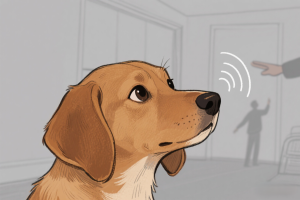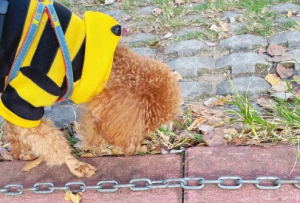-
Negative Pressure in Dog Training
Teach your dog to accept and even enjoy manageable pressure. Proper use of pressure can help dogs quickly build the right conditioned reflexes, learn how to relieve stress, and complete training tasks faster. Pressure helps dogs stay calm and focused even in challenging situations.When applied correctly, pressure can double training efficiency — it motivates clarity and precision. But when applied incorrectly, no amount of pressure will help; it only creates confusion.Pressure, therefore, is a double-edged sword in dog training — it can either build resilience or destroy confidence.
-
Rewards
Find or develop a reward your dog truly loves — it must be highly desirable.Using that reward encourages your dog to learn with joy, enthusiasm, and motivation. Positive reinforcement helps your dog repeat desired behaviors over and over again.Occasional mistakes in timing or reward placement won’t cause serious issues — they can always be corrected later.Think of rewards as “gold stars” for your dog. If your dog gets a gold star every day, it loses its special meaning. So mix in bigger rewards occasionally — these “big gold stars” could be a different toy, a special treat, or an upgraded version of their regular reward.In dog training, strategic and varied rewards keep your dog excited and eager to learn.
-
Guidance
A dog’s learning process doesn’t end once a skill is learned — mistakes can still happen due to distraction or confusion.That’s when timely guidance from the trainer is critical. Quick correction and direction are far more effective than fixing mistakes later.Like a skilled artist who paints in one smooth stroke, it’s always better to guide behavior proactively than to constantly correct it afterward.Before you “put brush to canvas,” plan ahead and anticipate possible reactions — that way, you can adjust in time.Both beginners and experienced dogs need guidance to maintain accuracy, confidence, decisiveness, and precision.Just like students who are scolded constantly lose interest in learning, dogs under constant negative correction may lose motivation.
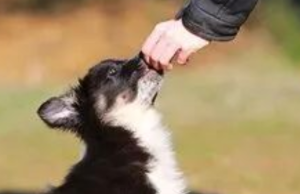
-
Stimulation and Motivation
The importance of motivation cannot be overstated.Before a synchronized swimming competition, coaches sometimes give each athlete a motivating pat on the back — that’s stimulation.In wartime, soldiers used to smash their bowls and drink a farewell toast before battle — another form of stimulation.In dog training, stimulation directly boosts speed and accuracy. The quicker the stimulation, the faster the dog’s response.For example, in famous trainer Barton Bellen’s sessions, before a dog chases a reward or practices bite work, he lightly taps the dog with a stick — not to hurt, but to send a clear physical signal. Physical contact is one of the strongest signals a dog can remember.A trainer’s emotional state also plays a powerful role.As professional trainers often say: “If you’re in a bad mood, don’t train.”Dogs are incredibly perceptive — they can sense their owner’s emotions through hormonal scents, body language, and micro-expressions.A trainer’s emotional stability directly affects the dog’s mental activity.A calm, positive trainer helps the dog engage happily and confidently in training. Emotional consistency builds what many call training addiction — the dog learns to love the process itself.However, by the final training stage, the goal is for the dog’s performance to be independent of the trainer’s emotions.Thus, emotional influence must gradually fade out during advanced training.Correct emotional expression should always match the dog’s performance:Right behavior = positive emotional feedback.Wrong behavior = corrective emotional feedbackNote that behavior correction and behavior prohibition are not the same.
-
Training Rhythm
Rhythm is one of the most critical yet often overlooked elements in the entire dog training process.Changes in rhythm directly influence the dog’s thinking, reaction speed, and behavior.If the rhythm never changes, dogs become desensitized — they lose focus and motivation.Proper rhythm variation increases drive, attention, and agility. It also makes training more fun and interactive, turning repetition into a game.For dynamic exercises, gradually increase the rhythm from slow to fast.For static exercises, slow it down from fast to steady.Maintaining a balanced rhythm flow helps dogs learn faster and stay mentally engaged.
Mastering These Simple Skills.After learning these essential dog training skills, I bet you’re already fired up and full of passion, whether you’re an experienced trainer or just starting out!Even if you’ve never trained a dog before, reading this far probably ignited your motivation and confidence to start practicing right away.Dog training isn’t just about techniques — it’s about understanding, connection, and enthusiasm.So take that excitement, grab your leash, and start putting these tips into action — your dog will feel your energy and respond with the same enthusiasm!


